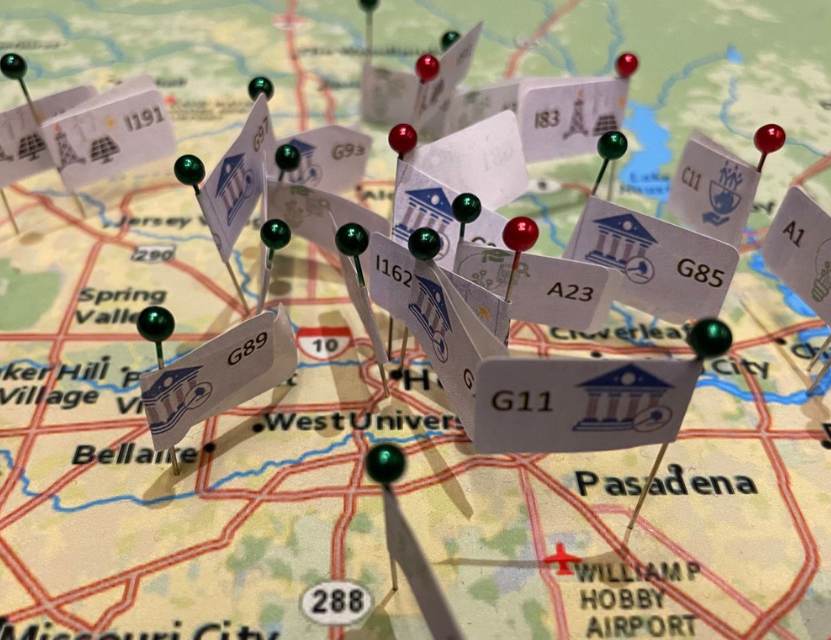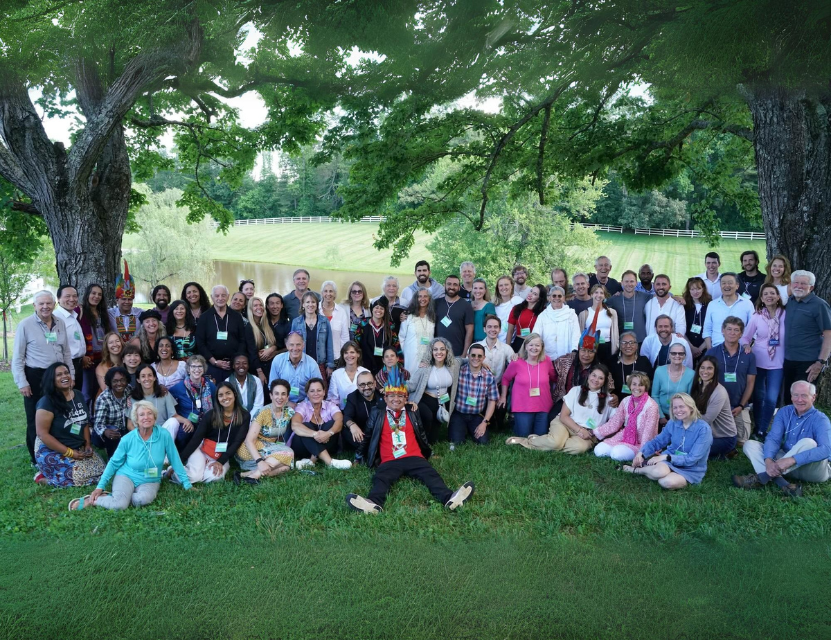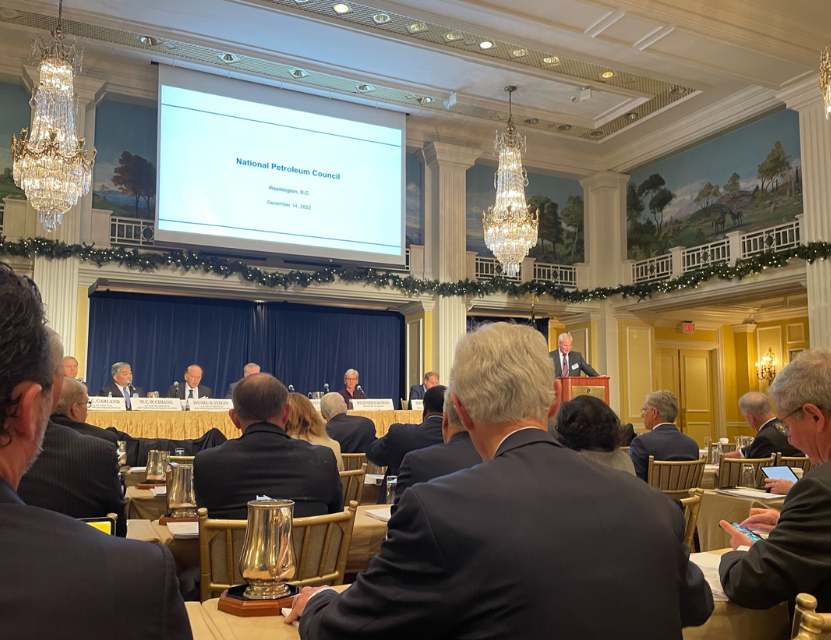In the midst of a shifting climate that is impacting ecosystems and communities globally, achieving a carbon-neutral economy is an increasingly important objective, which is driving the presentation of renewable and low-carbon energy as potential solutions. These cleaner energy types could decrease environmental risks and enhance energy security, yet uncertainties persist regarding the robustness of the energy supply chain, the capability to consistently fulfill energy demand, and the optimal methods to ensure a fair and equitable energy transition.
To stimulate discussion and generate fresh perspectives on the energy transition, the Gulf Research Program of the National Academies of Sciences, Engineering, and Medicine hosted a two-day workshop in Washington, DC, late last year, titled 'Navigating the Energy Transition in the Gulf of Mexico'. The workshop, structured around two hypothetical scenarios for 2050 - one achieving a carbon-neutral economy, the other maintaining a significant reliance on fossil fuels - facilitated the exchange of ideas, concerns, and the potential ripple effects amongst participants from academia, industry, government, and Gulf communities.
GOES’s goal was to sponsor an exploratory workshop that would facilitate participants’ ability not only to identify challenges and opportunities but also to better understand them from the different perspectives of multiple stakeholder groups involved with the energy transition in the Gulf. Participants would then collaboratively identify potential strategies for mitigating, obviating, or overcoming the challenges and for enabling, supporting, and leveraging the opportunities.
To generate valuable discussion toward the workshop’s goal, GOES organized the workshop around a serious game that used the following two mechanisms to help prompt discussions among participants:
- Future scenarios: Two scenario narratives presented alternative future states of the energy transition in the Gulf by the year 2050.
- A map of the Gulf region: Participants interacted with a large printed map of the Gulf region, which was divided into six sections, each placed on a separate table. The map sections served as the “gameboard” for participants to record proposed impacts—both positive and negative—associated with the future scenarios.
By the end of the workshop, participants generated a geospatial model of impacts associated with the two alternative future scenarios for the energy transition. In total, the workshop participants identified 291 impacts associated with the two scenarios.
In addition, the main body of this proceeding lists 54 recurring themes (e.g., workforce, technology) identified from a qualitative analysis of the 291 impacts, as broken down by the game’s three turns and whether the impacts were positive or negative.
To read the full report visit here. ALLY Energy is presently working with stakeholders from the workshop and other organizations to look at addressing the workforce opportunities and concerns presented.


